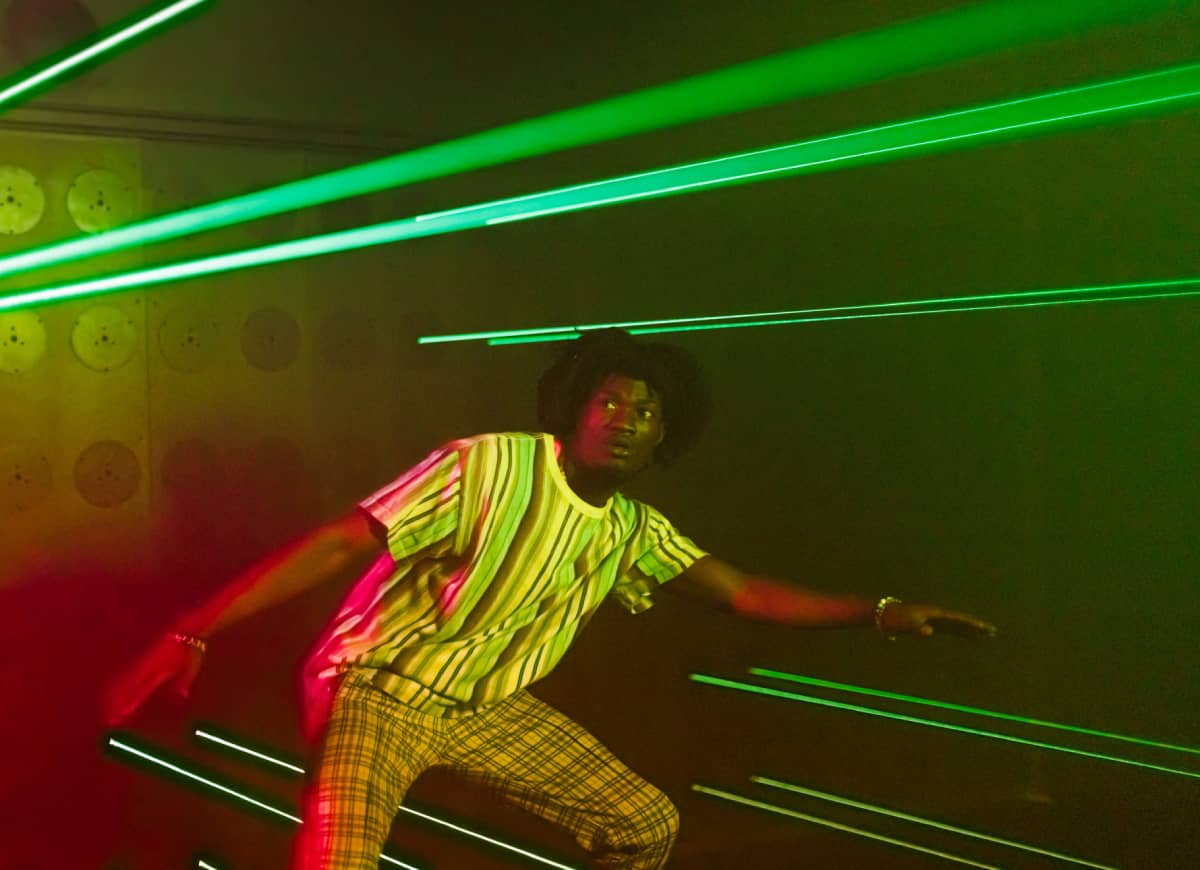Discover how AR, VR, and MR technologies impact ROI in activate entertainment. Learn which solution offers the best balance of immersion, engagement, and profitability for your Activate Games business.
In the fast-evolving world of activate entertainment—where physical activity meets digital interactivity—choosing the right technology is critical for maximizing return on investment (ROI). Augmented Reality (AR), Virtual Reality (VR), and Mixed Reality (MR) each promise immersive experiences, but their ROI potential varies based on factors like audience engagement, operational costs, and scalability. In this article, we’ll break down the strengths and weaknesses of AR, VR, and MR in activate entertainment to help Activate Games decide which tech delivers the highest ROI for your business.
AR vs VR vs MR: Key Differences
Before diving into ROI comparisons, let’s clarify what each technology brings to the table:
1. Augmented Reality (AR)
- •Definition: Overlays digital elements onto the real world (e.g., Pokemon Go).
- •Pros:
- •Low-cost hardware (smartphones/tablets suffice).
- •Easy accessibility for users without specialized headsets.
- •Ideal for location-based activations (e.g., interactive floor games, scavenger hunts).
- •Cons: Limited immersion compared to VR/MR.
2. Virtual Reality (VR)
- •Definition: Immerses users in a fully digital environment (e.g., VR escape rooms).
- •Pros:
- •High engagement through full sensory immersion.
- •Suitable for adrenaline-fueled experiences (e.g., zombie chases, roller coasters).
- •Cons:
- •Requires expensive headsets and controllers.
- •Limited accessibility for large groups.
3. Mixed Reality (MR)
- •Definition: Blends digital and physical worlds interactively (e.g., Microsoft HoloLens).
- •Pros:
- •Enables real-time collaboration between physical and digital elements.
- •Offers persistent experiences (e.g., interactive projections that react to movement).
- •Cons:
- •Higher cost than AR but lower than VR.
- •Requires specialized hardware.
ROI Comparison: Which Tech Delivers More Profit?
When evaluating ROI, consider three factors: customer engagement, operational efficiency, and scalability.
1. AR: High Accessibility, Lower Entry Barrier
- •ROI Strengths:
- •Lower Costs: No need for headsets (e.g., AR projection games like Activate Games’ LAVA FLOOR attract crowds without expensive gear).
- •Mass Appeal: AR’s accessibility drives repeat visits and social sharing (e.g., Snapchat filters, interactive billboards).
- •Local Partnerships: Ideal for businesses targeting foot traffic (e.g., malls, theme parks).
- •ROI Weaknesses:
- •Less immersive than VR/MR, potentially reducing dwell time.
2. VR: Immersive Experiences, Higher Revenue Potential
- •ROI Strengths:
- •Premium Pricing: VR experiences often command higher ticket prices (e.g., 30–50 per person for VR escape rooms).
- •High Engagement: Studies show VR boosts memory retention and emotional connection (critical for brand partnerships).
- •ROI Weaknesses:
- •High Startup Costs: Equipment and content development require significant investment.
- •Limited Group Size: Most VR setups accommodate 1–2 players at a time, reducing per-hour revenue.
3. MR: The Best of Both Worlds
- •ROI Strengths:
- •Hybrid Experiences: MR bridges physical and digital worlds (e.g., interactive climbing walls with projected challenges).
- •Scalability: Combines AR’s accessibility with VR’s immersion (e.g., Activate Games’ Activate Fitness Climb combines climbing with real-time LED feedback).
- •Long-Term Revenue: MR systems can host dynamic content updates (e.g., seasonal themes, user-generated challenges).
- •ROI Weaknesses:
- •Moderate Costs: Hardware and development fall between AR and VR.
Case Studies: Real-World ROI Success
- •Activate Games’ Sanya Interactive Center:
- •Tech Used: AR projection games + MR climbing walls.
- •Results: Attracted 100K+ visitors in 6 months, with a 40% increase in repeat business.
- •Saudi Arabian Activation:
- •Tech Used: VR escape rooms integrated with AR puzzles.
- •Results: Generated $2M+ in revenue annually, with a 6-month ROI on initial investment.
Which Tech Offers the Highest ROI for Activate Games?
The answer depends on your business goals:
- •Choose AR if you prioritize low costs and broad accessibility (e.g., family entertainment centers).
- •Opt for VR for high-ticket, niche experiences (e.g., premium escape rooms).
- •Invest in MR for scalable, long-term growth (e.g., hybrid attractions that evolve with consumer trends).
Key Takeaway
While VR may offer higher per-user revenue, AR and MR provide stronger ROI for most Activate Games businesses due to lower costs, broader appeal, and adaptability. For maximum impact, consider hybrid solutions like Activate Games’ Activate Fitness Climb, which merges MR with fitness challenges to drive engagement and repeat visits.
